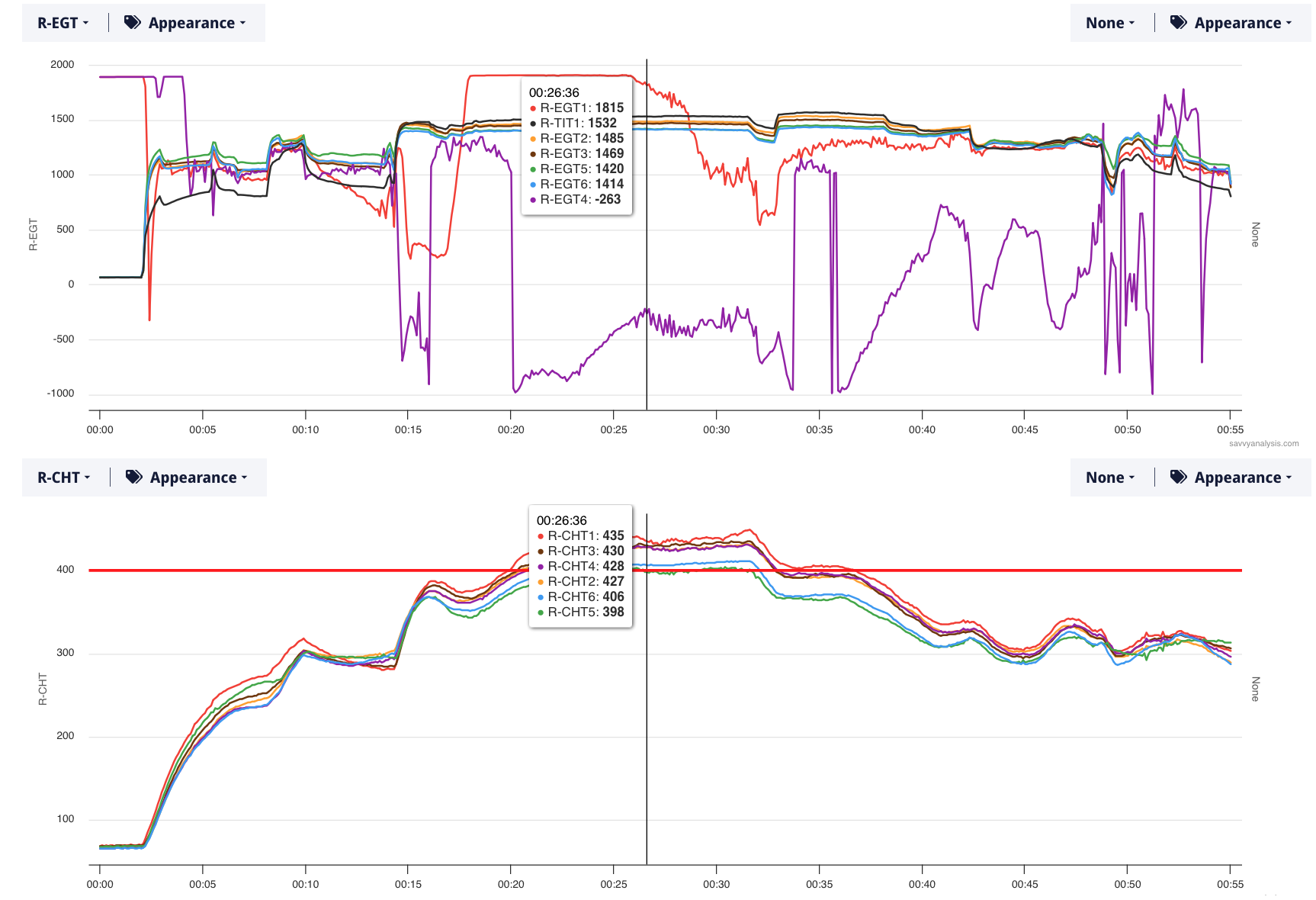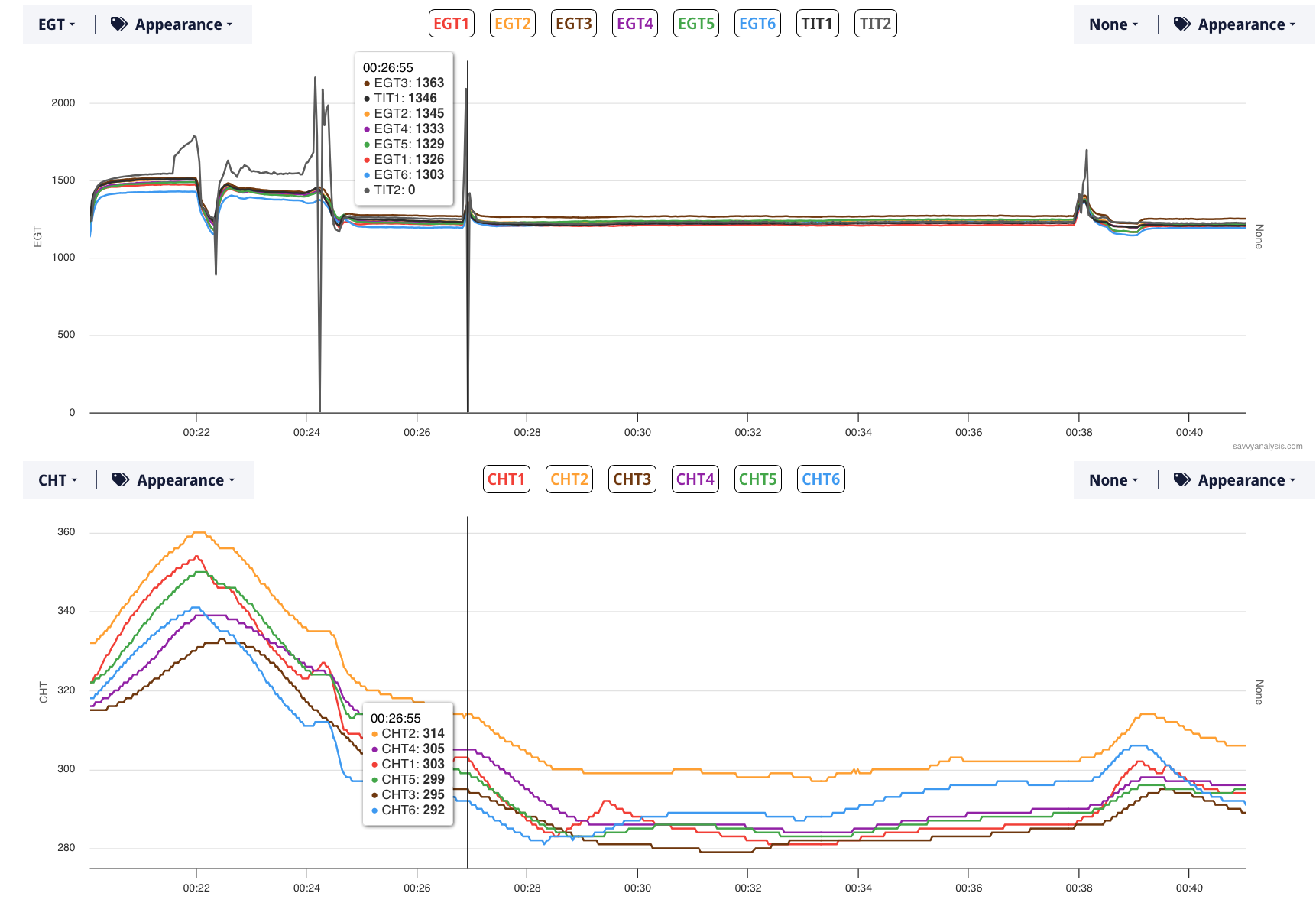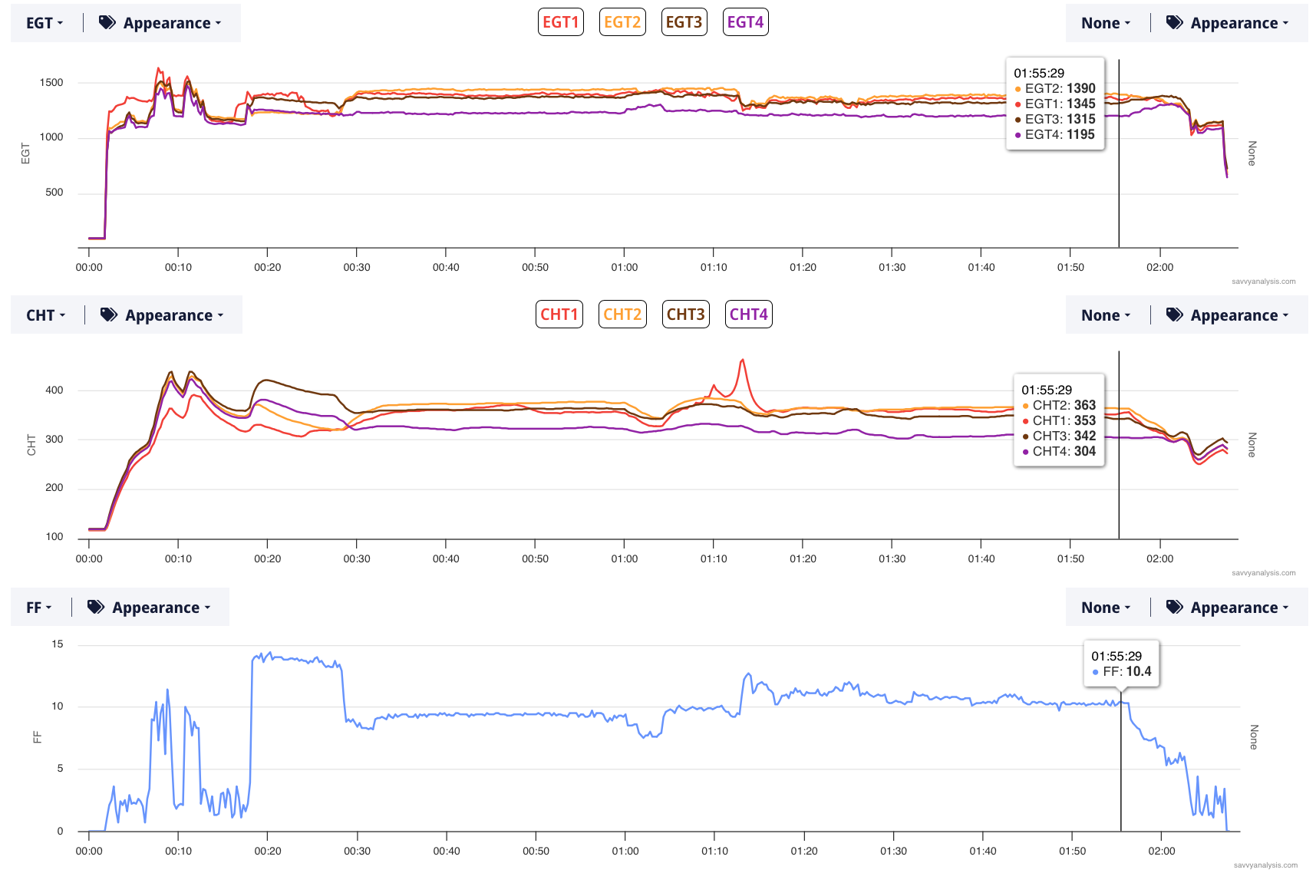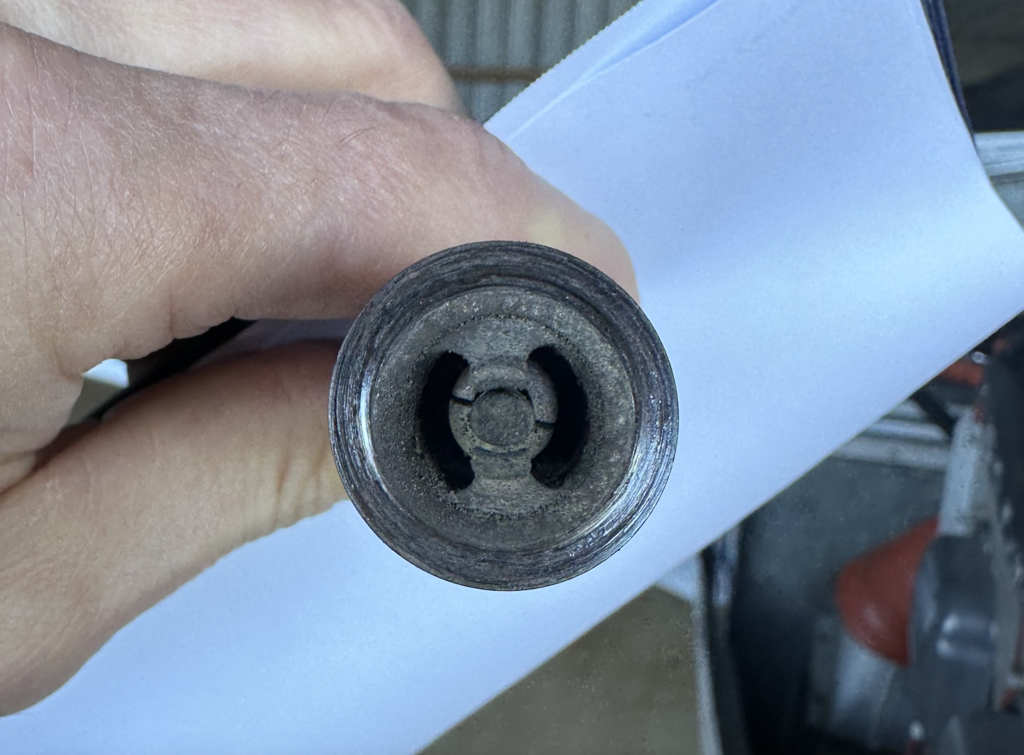Judging from the ratings, I’m not the only one that just finished watching Succession. I’m an only child, and often wondered what it would be like to have siblings. Granted, it’s fiction, and granted it’s a supremely dysfunctional family, but wow. I’m fine with OC. As I reviewed the candidates for this month’s Puzzler, I noticed cylinders forming alliances, selfishness, pouty moods, tantrums, withdrawal – everything the Roys are famous for. We even had a case of backstabbing sabotage – an exhaust leak torching its downwind sibling.
I admit it’s a stretch. The engine is just metal. Not complex like an heir or heiress. If you’ll allow me to torture this analogy a little more, that’s the draw of the show – the myth that if you had stupid amounts of money your life would be rich and full and strife-free. Guess again. It’s the stress the money brings with it that they don’t tell you about. And, back to engines, if you thought that adding bigger cylinders, or electronic ignition, or boost from a turbo would deliver you to the promised land of strife-free power, the data reveals that there’s still conflict in the C-suite forward of the firewall.
We’ll start this month with data from the R engine of a Beech Baron 58 powered by a Continental TSIO-520 and data from an Insight G4 with a 1 sec sample rate. EGTs on top and CHTs below. The cursor is on a curious spot where EGT 1 is dropping after several minutes around 1900º, and EGT 4 is showing negative numbers.

Is any of the petulant behavior we see in those two EGT’s corroborated by their CHT data? It doesn’t appear so. CHT’s are troublingly high at this part of the flight, but all the traces are stable. Are these probe failures or connector issues? With a connection issue, we should see reliable data interspersed with up and down spikes when the connection is interrupted. We’re not seeing that. We’re almost seeing it with EGT 4 – the purple trace – except for those negative numbers. Those can’t be real.
Here’s a valuable take away from this data. And we see this a lot with connection issues and probe failures. Notice the very first numbers that are logged as power comes on. The engine hasn’t started yet. Both the red trace and the purple trace are up around 1900º. If the pilot was lucky enough to see that, it would help with the interpretation of the crazy numbers that show up later. So the take away is if you can do so safely, glance at the engine monitor during the start process for any clues it might provide.
If you know the data was sketchy at idle, it might help you with your course of action when you see something strange in a busier segment of the flight.
Next up is data from a Cirrus SR22TN powered by a Tornado Alley IO–550-TN and data from a Garmin G1000 with a 1 sec sample rate. Again it’s EGTs on top and CHTs below. The cursor is on one of the spikes to zero in the TIT2 trace.

This should be easy given the clue from earlier. Reliable data interspersed with up and down spikes is….. a connection issue. There’s a spot from 21 to 24 mins where TIT 2 tracks high, so we might have a weak probe AND a connection issue. It always makes sense to check the connection first, and have a probe ready to go if the strange patterns continue.
Next up is data from a Piper PA-28-180 Archer powered by a Lycoming O-360 engine and data from a JPI 730 with a 2 sec sample rate. EGTs on top, then CHTs and FF. Cursor is off to the right – out of the way.


This is a flight school airplane, and had been having issues with HI CHT alerts. After working on cooling baffles, and checking induction and timing, they decided the only remedy left was to re-jet the carburetor for more FF. That helped, and CHTs got lower in cruise – but still a little high at takeoff. We like to see about 16-16.5 for this engine and you can see it tops out at just under 15. Except for CHT 3 in initial climb, CHTs look ok at max FF. They did get high in the runup. That’s all background – the ticket got filed because of the big rise in CHT 1 at the 1 hr 10 min mark.
Our genetic marker for a detonation event is uneven spark – we see that in EGT 1 – then a rise in that cylinder’s CHT – we see that in CHT 1 – then a drop in EGT – and we see that. This is a fairly typical detonation event which the CFI ended with a FF increase at 1 hr 12 mins. And the cylinder performs during their return to base almost an hour away.
Because of the recent re-jetting of the carb it was tempting to try and connect dots, but this seemed more like cut and dried detonation. We said we wouldn’t be surprised to find a cracked insulator in one of the plugs of cylinder 1, and our client sent this picture.
Here’s another case where glancing at the data at engine start would have flagged high EGT on cyl 1. Fouled plugs and weak spark often get cured during taxi-out or runup, so high EGT isn’t necessarily a reason to shut down and scrub the flight. But it might be a reason to be vigilant for any sign of trouble later. For instance, the FF increase ended the big rise in CHT 1. If the pilot had noticed the first rise in CHT 1 and increased FF there – we might not have had the big rise that follows.